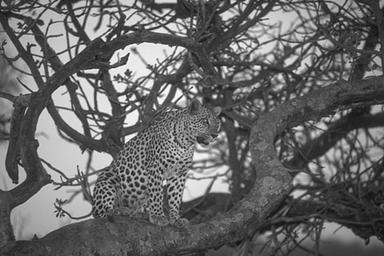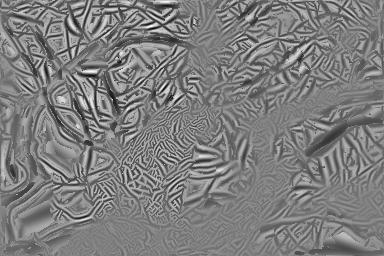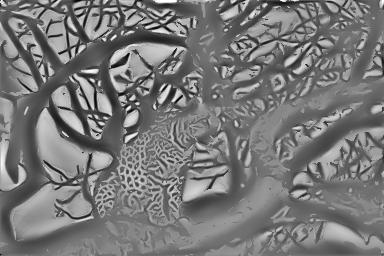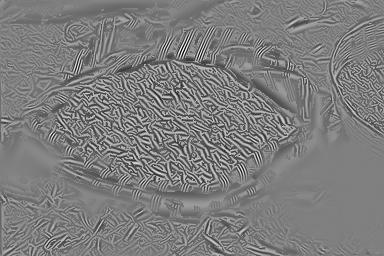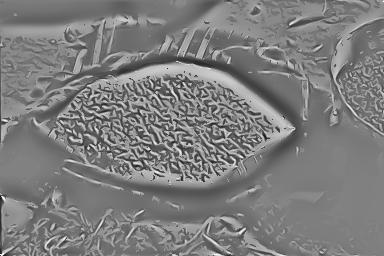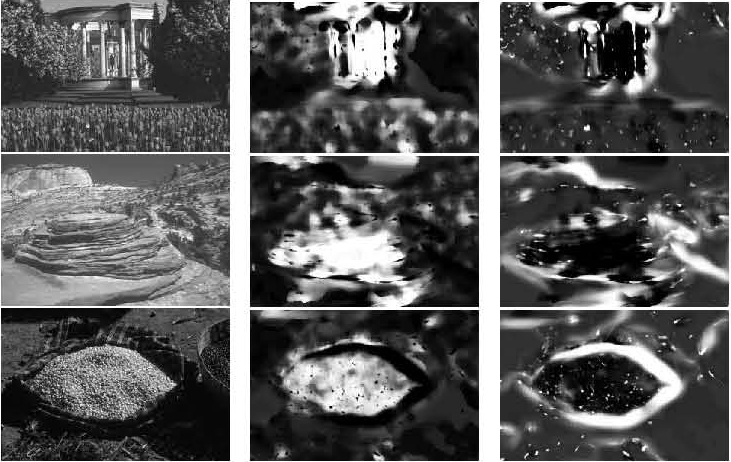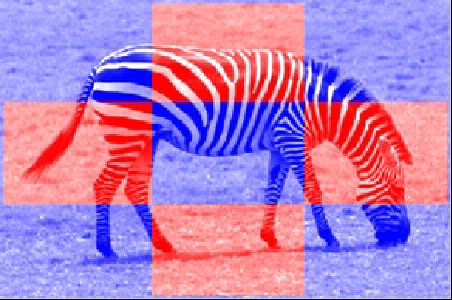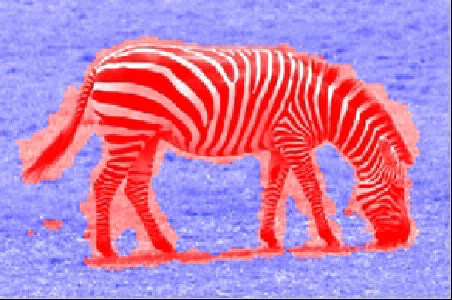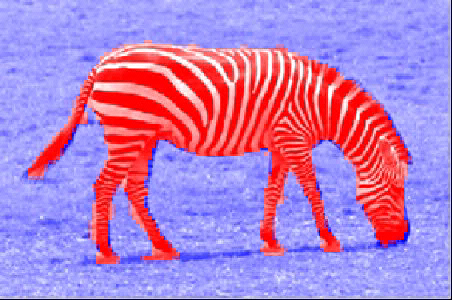|
||||||||||
Overview |
||||||||||
| Texture is ubiquitous in natural images and constitutes a powerful cue for a variety of image analysis and computer vision applications, like segmentation, shape from texture, and image retrieval. We pursue the construction of a concise texture analysis and segmentation system for generic natural images. Our research directions are in the areas of feature extraction, feature interpretation and texture segmentation.
1. Feature extraction: Building on the generic multicomponent AM-FM image modeling framework we research into more efficient algorithms for component demodulation and compact, descriptive representations of texture. We introduce regularized algorithms for demodulation based on energy separation using combinations of Gabor filtering and the nonlinear energy operators. Moreover, dominant modulation components are seeked through alternative channel selection energy measures. 2. Probabilistic analysis: The dominant AM-FM component channel selection is formulated through a probabilistic procedure by modeling observations in terms of sinusoids and introducing locality in likelihood expressions. This facilitates the interpretation of Gabor filtering in terms of model fitting, which is a formulation we also use to phrase edge detection in common terms with texture analysis. This lays the ground for a probabilistic discrimination between edges, textured and smooth areas, which is a practically important problem for image segmentation. 3. Image segmentation: We developed an unsupervised, variational segmentation scheme based on dominant component features that uses curve evolution implemented with level set methods. The method is an enhancement of the original Region Competition – Geodesic Active \Regions that combines heterogenous cues based on probabilistic feature interpretetion. This Weighted Curve Evolution method incorporates the posterior probabilities of the texture and edge classes in the evolution law. |
||||||||||
Modeling | ||||||||||
The focus here is on the development and efficient use of descriptive models for a broad class of texture images. Current research includes the topics of:
|
||||||||||
Probabilistic interpretationResearch has focused on the following aspects:
See more examples from reconstruction results, i.e. synthesis through the two alternative models of texture and edges on the Berkeley Image Test set here. |
||||||||||
|
||||||||||
Segmentation |
||||||||||
Combining the above two aspects of the problem, the texture and non-texture cues are fused in a curve evolution scheme for natural image segmentation.
Based on these ideas, visually appealing results were obtained on natural images containing both textured and non-textured areas. Additionally, the method resulted in systematically better segmentation results on the Berkeley Segmentation Benchmark, consisting of 100 natural images. |
||||||||||
For a more detailed overview with examples of the probabilistic interpretation and segmentation approach please refer to the presentation here. |
||||||||||
People |
||||||||||
Publications |
||||||||||
|
||||||||||
Software |
||||||||||
| A toolbox for image texture analysis with modulation features and generative models, implements the ideas of probabilistic feature interpretation and can be found here. | ||||||||||



